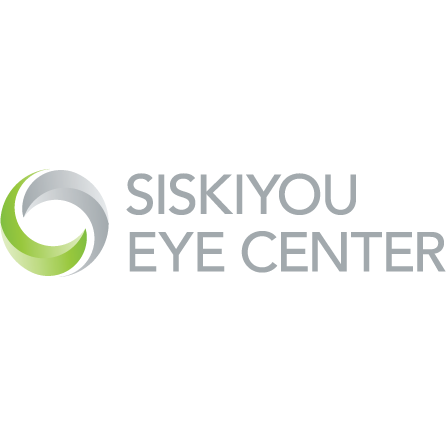
Contact lenses are a great alternative to glasses for correcting many vision problems.
Prior to getting contact lenses, a comprehensive eye exam will determine the prescription that gives you the best distance and near vision. The health of your eyes will also be checked to ensure there are no problems that might interfere with wearing contacts.
Consultation & Fitting
Contact lenses require fitting by an eye doctor to ensure a proper fit. Since there are so many different types of contact lenses, the first step in getting fit for contact lenses is finding out more about your lifestyle to determine what type of contact lens is right for you.
Measurements of the shape of your eye will help determine the best contact lens design for your eyes. Your doctor may take a picture of the surface of the eye with an instrument called a corneal topographer. The corneal topographer produces a detailed map of the shape of your eye. This map is helpful in the initial fitting of the contact lenses and can also be used in future visits to monitor for changes of the eyes due to contact lens wear.
Trial Lenses
Once you and your eye doctor have decided on a contact lens design, your doctor will help you place the contacts on your eyes and then use a microscope to evaluate how the lens fits and moves on the eye as you blink and look in different directions. Once we’ve found the right lenses for your vision needs, we’ll teach you how to handle, insert and remove your contact lenses. You’ll then be sent home with trial lenses.
Follow-up
We’ll schedule a follow-up visit to evaluate how well the lenses are working for you. In addition to your input, we’ll re-evaluate the lenses to ensure they are still fitting properly. Different contact lenses can be tried if adjustments are needed.
Yearly Eye Exams
Contact lenses require a visit to your eye doctor to ensure that the contact lenses are still fitting well and that your eyes are responding well to the contacts.
